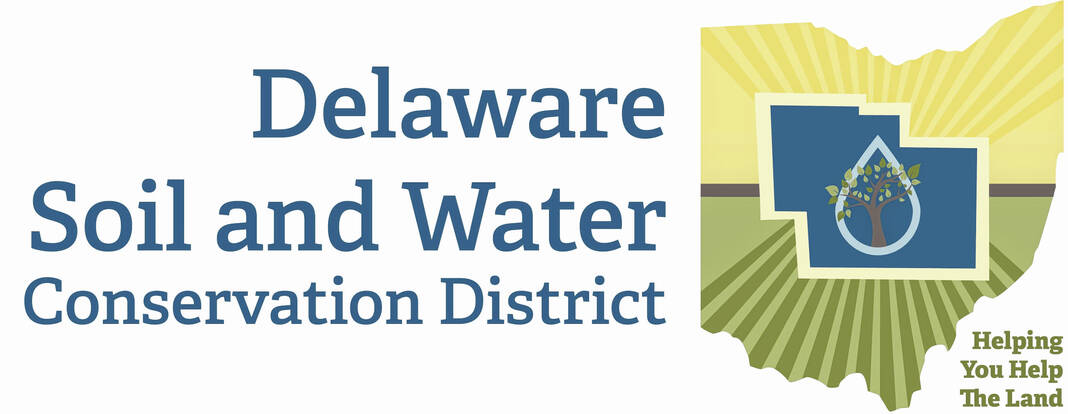
The monarch butterfly is largely considered the most recognizable butterfly in the state but will it be for much longer? The need for milkweed plantings is stronger now than ever before as the migratory monarch butterfly has been added to the IUCN Red list of Threatened Species as endangered. On July 21, the International Union for Conservation of Nature (IUCN) came out with a press release about the migratory monarch butterfly being added to their trademarked list of endangered species and how dire the butterflies outlook really is.
Despite recent conservation efforts, the western populations of the migratory monarch have declined by an estimated 99.9% between the 1980s and 2021, and eastern populations by 84% from 1996 to 2014, according to the IUCN. The largest threat to these beautiful butterflies is said to be climate change. Drought, catastrophic fires, and temperature extremes trigger earlier migrations before milkweed is available for the caterpillars to eat. Other factors that are contributing to the population decline is the use of herbicide, and pesticide and deforestation.
Although the situation for the migratory monarch is looking dire, there are still numerous things we can do to try prevent further population loss. Supporting grassland establishments and habitats on highway corridors, planting milkweed in yards and gardens, limiting pesticide use or even creating a backyard monarch habitat, or starting a community habitat at local offices, churches or schools are all great ways to join the fight in protecting the migratory monarch.
Creating an official Monarch waystation and registering it with monarchwatch.org is a way to contribute to monarch conservation. A monarch waystation is a patch of habitat that provides needed resources for monarchs in order to help them sustain their cross-country migrations. In Delaware County, it is recommended for common milkweed, swamp milkweed, butterfly milkweed, and poke milkweed to all be a part of monarch waystations. These migratory stops should be stocked with at least two varieties of 10 milkweed plants. An effective waystation should be at least 100 square feet and have at least six hours of sunlight each day. Along with milkweed, flowering plants that provide the butterflies with nectar throughout the summer and fall seasons should be part of a monarch waystation. Generally, most waystations will require mulching, thinning, fertilizing, removing dead stalks, watering, and removing invasive species as part of their management.
If we all pitch in some way to help monarchs and their migratory journey, maybe we can stop their decline and eventually get them off of the IUCN Red list of Threatened Species. There is no effort too small to try to have a positive impact. For more information on monarch butterflies and milkweed, contact the Delaware Soil and Water Conservation District. Please visit our website at SoilAndWater.co.delaware.oh.us or call us at 740-368-1921.


